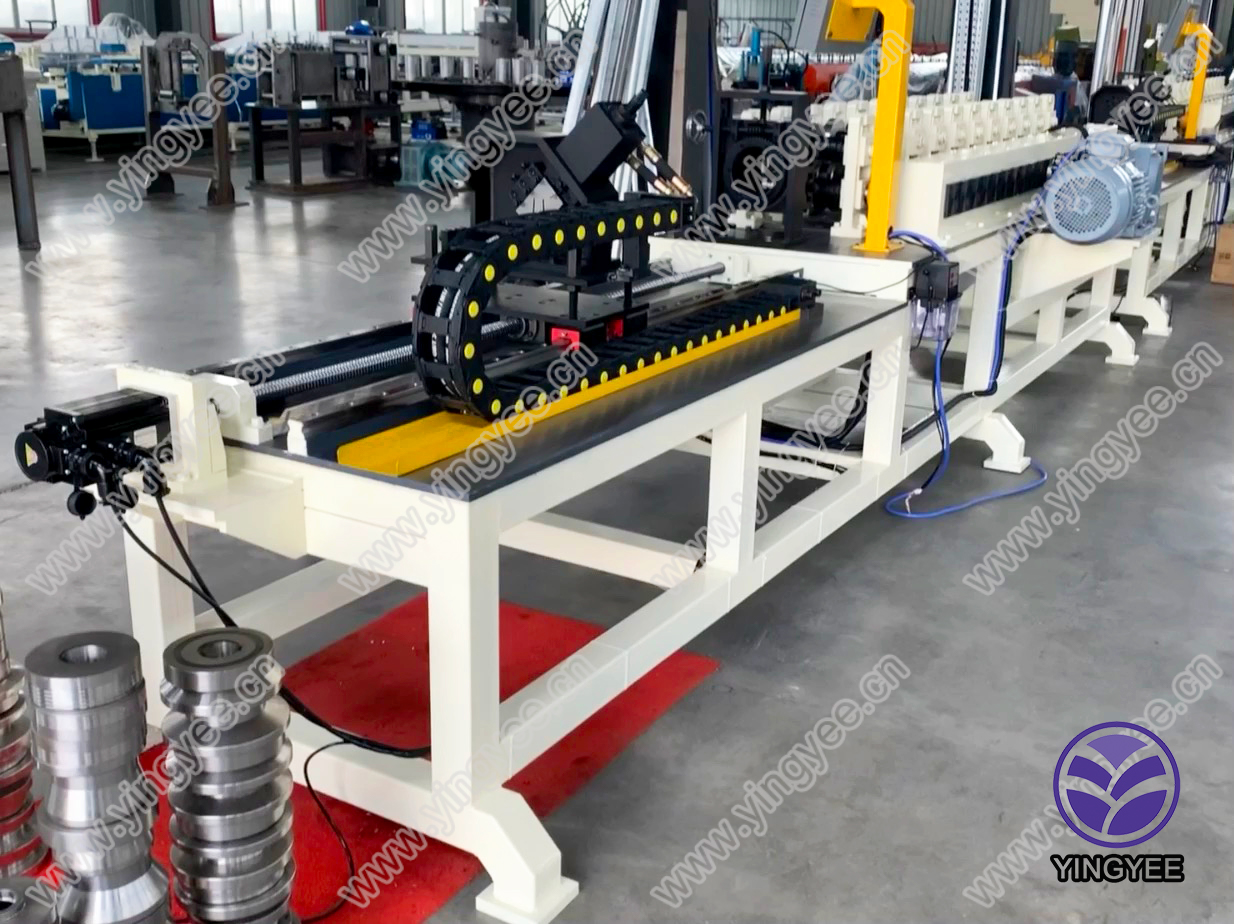
Metal Plate Straightening and Leveling Machines An Overview
In the modern manufacturing landscape, ensuring precision and quality in metalworking processes is paramount. Among the vital pieces of equipment that facilitate this is the metal plate straightening and leveling machine. These machines play a crucial role in enhancing the flatness and integrity of metal plates, which are foundational components in various industries, including construction, automotive, aerospace, and general fabrication.
Understanding the Functionality
Metal plates, during production and processing, often experience warping or bending due to thermal expansion, mechanical stress, or improper handling. This deformation can compromise the overall quality of a product and result in costly rework. Metal plate straightening and leveling machines address these issues through a systematic process that restores plates to their original, flat state.
The operation of these machines can be categorized into two main aspects straightening and leveling. Straightening involves correcting the shape of the metal plate to eliminate dips, waves, and other irregularities. In contrast, leveling focuses on ensuring that the surface of the plate is consistent and uniform, which is crucial for applications where tight tolerances are required.
The Technology Behind the Machines
These machines utilize a combination of advanced hydraulic systems, rollers, and adjustable pressure mechanisms to effectively straighten and level metal plates. The process typically begins with the engagement of the metal plate between several rollers. As the plate passes through, the rollers apply controlled pressure, gradually reshaping the metal to achieve the desired specifications.

Modern straightening and leveling machines are often equipped with digital control systems that allow operators to set precise parameters according to the requirements of the specific metal being processed. This technological advancement not only improves accuracy but also enhances the efficiency of the operation, reducing the time and labor involved in achieving a flat surface.
Applications Across Various Industries
The versatility of metal plate straightening and leveling machines makes them indispensable in many sectors. In the automotive industry, for instance, flat metal plates are crucial for vehicle frames and body parts. Any distortion can lead to assembly issues or affect the vehicle's performance. Similarly, in the aerospace sector, where weight and aerodynamics are critical, ensuring the flatness of metal components used in aircraft is vital for safety and efficiency.
In construction, metal plates are often utilized in structural applications. Straightening and leveling machines ensure that these plates meet stringent regulations and standards for durability and strength. Additionally, in general fabrication, metalworkers rely on this equipment to prepare materials for further processing, such as welding or machining, where even minor deviations can lead to significant problems.
Conclusion A Key Asset in Metal Processing
In summary, metal plate straightening and leveling machines are a key asset in the metal processing industry. They not only enhance the quality and precision of metal products but also contribute to operational efficiency and cost-effectiveness. As industries continue to evolve and demand for high-quality metal components rises, the technology behind straightening and leveling machines will undoubtedly advance, leading to even more innovative solutions for achieving flatness and consistency in metal plates. Investing in these machines is, therefore, a strategic decision that pays dividends in maintaining the integrity and performance of metalworking processes across various applications.